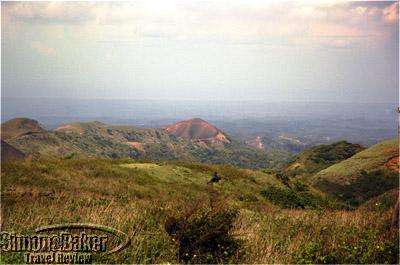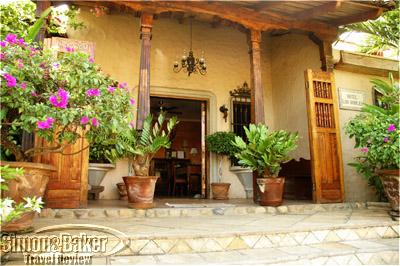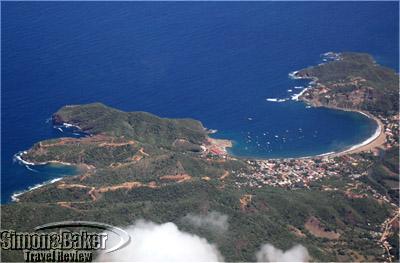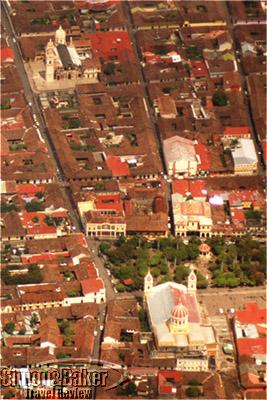
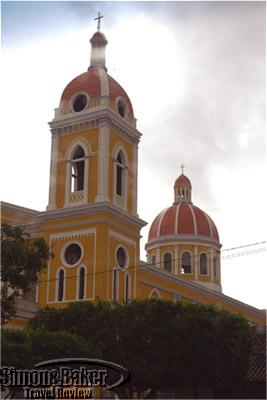
While foreign visitors were still few and the tourism infrastructure somewhat sketchy, signs of rebirth were everywhere. Once neglected old colonial homes in residential city neighborhoods were being transformed into boutique hotels, and entire towns, such as Granada, were being restored to their colonial splendor. The southern Pacific area, with its stunning coastline of near-deserted sandy coves and rolling surf, seemed poised to emerge as a premier tourist destination.
Cost Of Visiting Reasonable
Currency The local currency is the Nicaraguan Gold Cordoba (NIO). 1 NIO = 100 Centavos. At the time of my visit, $1 = 17 NIO.
Electrical Current 120 Volt
Health And Vaccinations There were no mandatory inoculations for travel to Nicaragua at the time of my visit. I followed the recommendation of the U.S. Center for Disease Control (CDC) and ascertained that my routine vaccination schedule was up to date prior to the trip. I also opted to take preventive anti-malarial medication. The need for insect repellent skin protection was minimal and usually limited to the evening hours. As always when traveling in Central America, unless otherwise indicated at a specific property, I used bottled water exclusively for drinking and oral hygiene.
How To Get There There were daily non-stop flights between Managua’s Augusto S. Sandino International Airport and the southern U.S. gateways of Atlanta, Dallas, Houston and Miami, via American, Continental and Delta Airlines. There were also direct flights from major Central American cities via local airlines such as Groupo Taca and Copa Airlines. U.S., Canadian and E.U. citizens were not required to have a visa to enter Nicaragua. I was issued a three-month tourist card on arrival; cost was $5. Departure tax was $25.
Location In the heart of Central America, Nicaragua is bordered by Honduras to the north and Costa Rica to the south, with coastlines on the Atlantic and Pacific oceans.
Measures Metric system
Money Issues Currency could be exchanged at the airport in Managua, in banks, and official foreign exchange offices in most major cities and tourist locations. ATMs were found in these same areas, and U.S. Dollars were readily accepted, as long as they were in good condition. Since change was tendered in Cordobas, I made sure to carry sufficient quantities of $1 $ 5 and $10 notes for incidental expenses. This kept to a minimum the amount of local currency I accumulated along the way. Credit cards were only reliably accepted in main tourist establishments.
Technology Electricity and running water were available in all areas visited by tourists, as was Internet connectivity. Cell phone service and television were widely available.
Time G.M.T minus six hours (e.g. U.S. Central Time)
Shopping And Souvenirs I found little shopping of note, other than hammocks. Nicaraguan hammocks are reputed as the best made and most comfortable in all of Central America.
Granada, the oldest and one of the grandest colonial cities in Central America was a popular destination. After suffering decades of neglect during the unrest of the 1970’s and 1980’s, plus a destructive earthquake in 2000, Granada was again a vibrant city in the midst of a full scale restoration effort to preserve its architectural treasures.
Morgan’s Rock Hacienda and Ecolodge, a newly opened luxury resort in a 4000 acre private nature preserve on the Pacific coast, a two-hour drive southwest of Granada, was already gaining recognition as an exceptional place to visit. Its mile-long crescent-shaped private beach was a protected nesting ground for the giant leatherback sea turtles.
Reviewers Article and photographs by Josette King
Would You Visit Again? Yes
